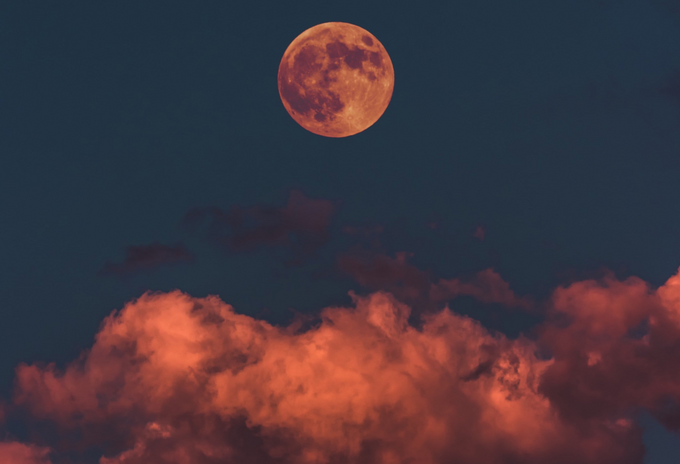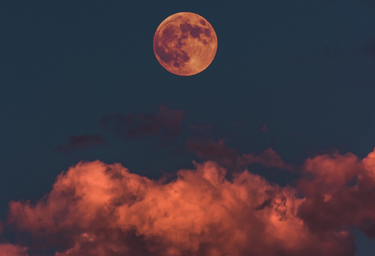This year, the Mid-Autumn Moon Festival falls on the 21st of September. It is an extremely important holiday in Chinese culture and I am excited every year to celebrate it with my family. It’s typically celebrated within Asian cultures, so many Westerners are unaware of the festivities. So, I’ve decided to shed a light on the Mid-Autumn Moon Festival and its ideology.
What is the Mid-Autumn Moon Festival?
The Mid-Autumn Moon Festival is the second most important holiday after Chinese New Year. It is held on the 15th day of the 8th month of the Chinese Lunar Calendar, where there is a full moon. It usually happens between September and October, where the date changes every year. This day is believed to be the day the moon is at its brightest and fullest, coinciding with harvest time.
Having a completely different calendar which is timed by the moon, this festival is a celebration of moon worship. It is celebrated by lanterns of all shapes and sizes, where the light is meant to symbolise the path to prosperity and good fortune. The festival celebrates the gathering of friends and family to give thanks for the harvest and pray for good fortune.
Why do we celebrate this festival?
Ancient Chinese emperors worshipped the moon around that time of year in the hope that, by doing so, it would bring them luck and fortune in their next harvest. The practice involved them offering sacrifices to and worshipping the Moon Goddess. For wealthier families, parties would be hosted where they would dance together, and appreciate the moon and Chang’e, the Moon Goddess.
Chang’e is the name of the Moon Goddess who lives on the moon. Once upon a time, her husband Hou Yi, a legendary archer, shot down nine out of ten suns that were floating around our solar system because the heat of ten suns was too strong for Earth. Because of this brave and heroic act, he was awarded a potion of immortality, which he didn’t drink because he didn’t want to leave his wife one day, and instead gave it to her for safekeeping. However, Hou Yi’s apprentice wanted to steal this potion, so Chang’e drunk it to ensure he never got his hands on it, before fleeing to the moon.
Devastated from the separation from his wife, Hou Yi started to make sacrifices for her as time passed. People around him started to see what he was doing and did the same, leaving gifts of her favourite foods to her. Over time, it became an annual tradition, even after Hou Yi died. We now know of this as the Mid-Autumn Moon Festival.
How do we celebrate it?
The festival is celebrated in many Asian cultures, but in Chinese culture, it gives us another excuse to spend time with our families, which is extremely important to us. Our ancestors would enjoy their good harvest, where many businesses close to extend the celebration.
This is a beautiful time of year, where lanterns are lit, incense is burned, and dragon and line dances are performed. The mooncake is a large part of the festival, which is traditionally only eaten during the Mid-Autumn Moon Festival and is offered between family and friends. It is made of red bean or lotus paste, containing an egg in the middle that represents the full moon. It has such an important role that sometimes people refer to the Mid-Autumn Moon Festival as the Mooncake Festival.
I’ve always loved the time of year leading up to the Mid-Autumn Moon Festival. It’s always an exciting time and I love spending it with my family. I love how my ancestors worshipped the moon, gave thanks for the harvest, and spent time with their families as they hoped for good fortune. I hope we continue to celebrate it as the holiday that it is, and bring more awareness to holidays of other cultures!


